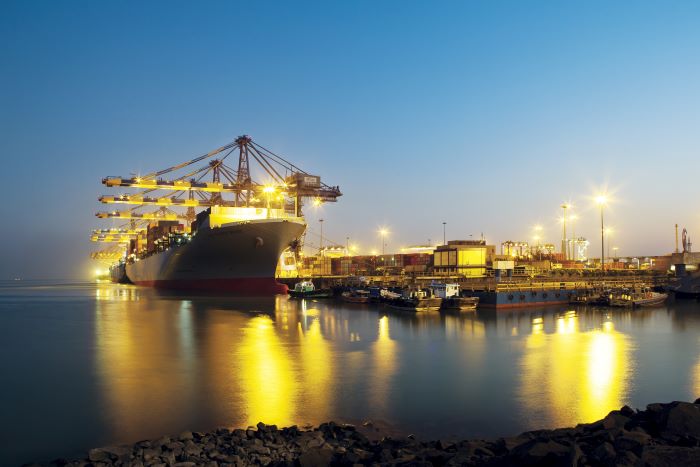norfolkwesternhenry
Lead Service Attendant
I created this letter a while ago and never got to sending it, but how does it look?https://docs.google.com/document/d/1Z5Xy9tPyBrwDrw-LHY8nnObDVNJDNf7lrnu3Z8H52J8/edit

I know you would need to extend the wires up taller, but what about the CL? When I took it WAS-CHI, we went under the catenary without incident. Also, this would be sort of a preparation for more trains, overbuilding Isway better than being at capacity, when more trains are eventually introduced, which they will, maybe more Hiawathas, or Metra trains, but having extra capacity has a lot more upsides than downs.I don't get it as to why you would electrify the CHI-MKE corridor. I mean, what about the Empire Builder? Since the EB runs a Superliner consist, the Superliners will be too tall if that corridor had been electrified. Not to mention that Metra uses that corridor between CHI (CUS) and Lake Foreston its Milwaukee District North Line service daily as well (30 round trips on weekdays, 12 round trips on Saturdays, 10 round trips on Sundays and holidays), and it too uses bilevels. If they electrify the corridor, the overhead wires must be 18 feet, plus some extra height for the pantograph, or else the wires will touch the top of the bilevels, which is not good. The corridor between Chicago and Glenview sees 38 round trips on weekdays, 20 on Saturdays, and 17 on Sundays (I'm counting the EB as it uses the corridor, but the EB is discharge-only MKE->CHI, and accept-only CHI->MKE). But I agree that there should be more frequent services on the corridor, as there are only 7 or 8 daily round trips north of Glenview, compared to 10 to 38 daily round trips south of Glenview. But won't the extra trains tie up the corridor, even with signalling improvements?
Train simulator is not something to put lots of faith on the minute details such as cat. height, as there are limitations in the simulation that don't exist in real life, such as only having one cat. height, whereas IRL the catenary can and does change height to accommodate the obstacles on the route.This might not be the best source, but on New York to New Haven (train sim 2016 route)the Superliners clear with a great deal of headroom, and I would doubt there being much of a difference in catenary height btw Amtrak and Metro North on their electrified routes.


Yuck. Which *specific* parts of CUS are the problem? I know when I'm standing on the platforms on the south side, there's certainly more than 6" of space above the Superliners, and the roof in the area with skylights can certainly be raised. Chicago Union Station needs to be electrified eventually for local pollution reasons *anyway*. There's no problem with having a certain amount of catenary-dead zone, however, if the obstacles are just a couple of bridges. Modern locomotives will probably be able to go a short distance on battery power in any case.Clearances are a problem At present Superliners only clear Chicago US by about 6" above rood of SLs which is not enough for 25Kv CAT.
The Midwest High Speed Rail Association has made electrifying at least some of Union Station's tracks an essential part of their CrossRail Chicago proposal, so I'd like to think that someone from that organization would have surveyed the situation before MHSRA included it in its presentation.Yuck. Which *specific* parts of CUS are the problem? I know when I'm standing on the platforms on the south side, there's certainly more than 6" of space above the Superliners, and the roof in the area with skylights can certainly be raised. Chicago Union Station needs to be electrified eventually for local pollution reasons *anyway*. There's no problem with having a certain amount of catenary-dead zone, however, if the obstacles are just a couple of bridges. Modern locomotives will probably be able to go a short distance on battery power in any case.Clearances are a problem At present Superliners only clear Chicago US by about 6" above rood of SLs which is not enough for 25Kv CAT.
If the obstructions are more serious than that, it may indicate that Superliners should be phased out in favor of single-levels, long-term.
Absolutely. As I mentioned, CrossRail Chicago serves a number of purposes, Metra City service being only one of them. It would make the Amtrak routes you mentioned move more quickly, possibly others as well.Would that move also benefit the City of New Orleans, Illini, and Saluki as well, in terms of eliminating backup movement?
Lowering the tracks would pose another big problem as well.Lowering the tracks at CHI US will not be very easy. what about the Chicago river water table and platforms would also need to be lowered ?
Nah. The cheap way to lower tracks when there's something underneath, like a bridge or a basement, is to replace ties-on-ballast with direct fixation. Gets you several inches. Given that we're talking about small changes in clearance, that's what they'd do.So, lowering the tracks would also require lowering the basement of at least part of Union Station